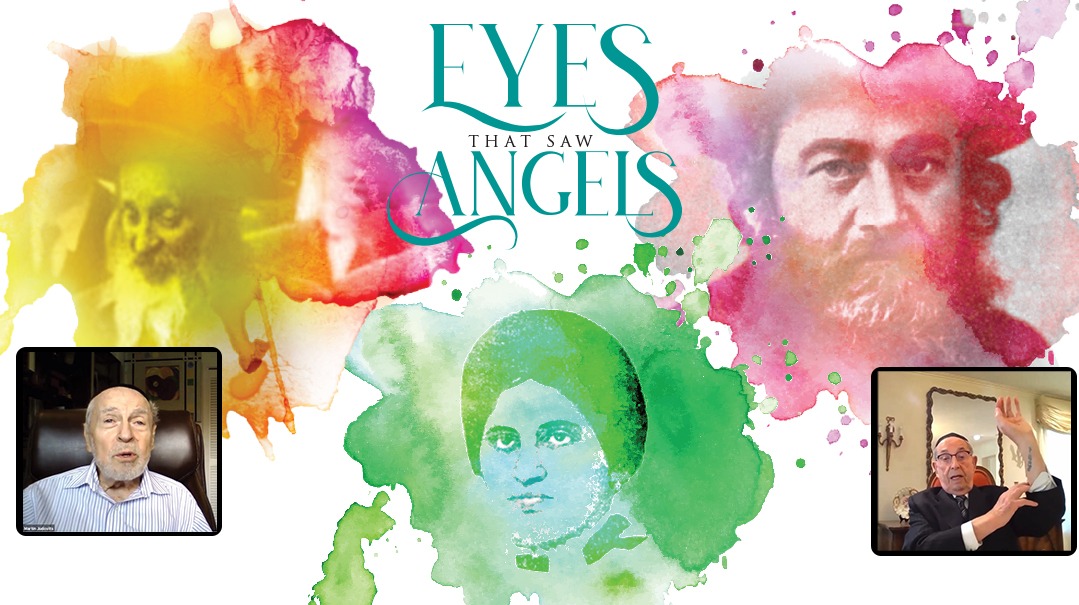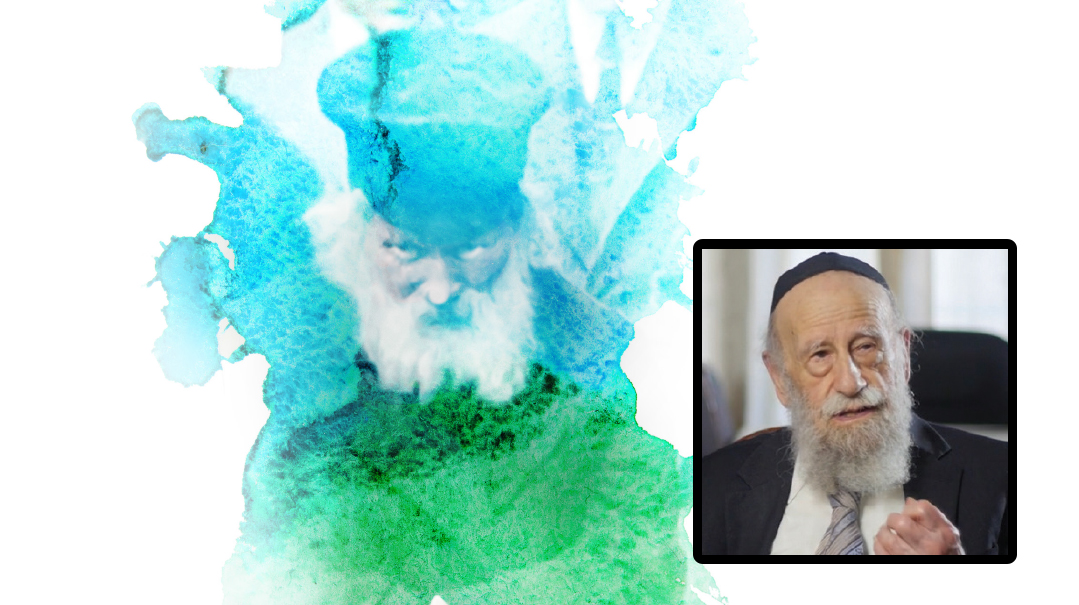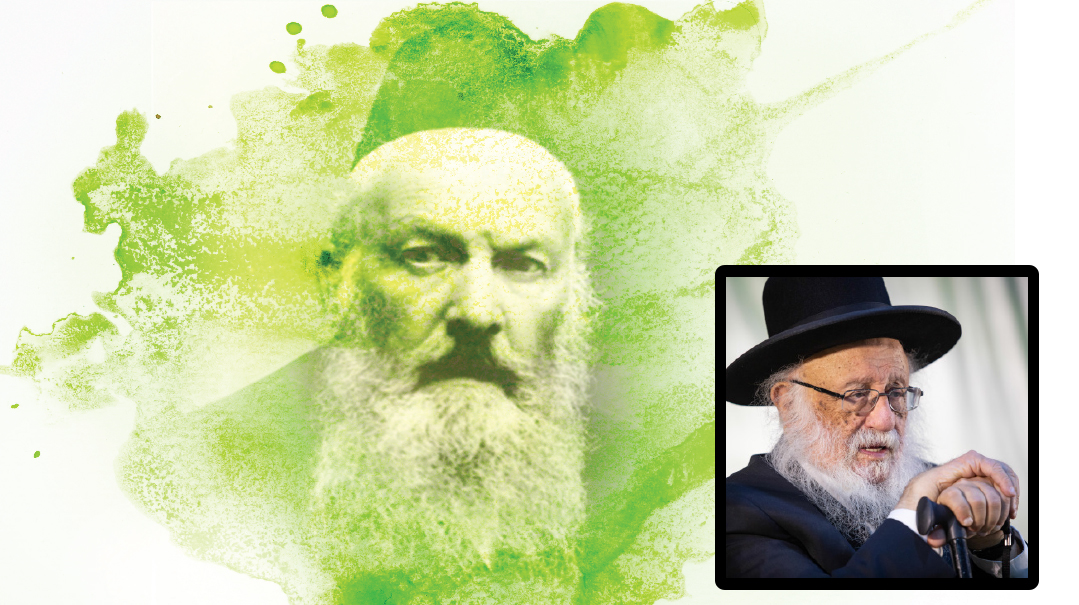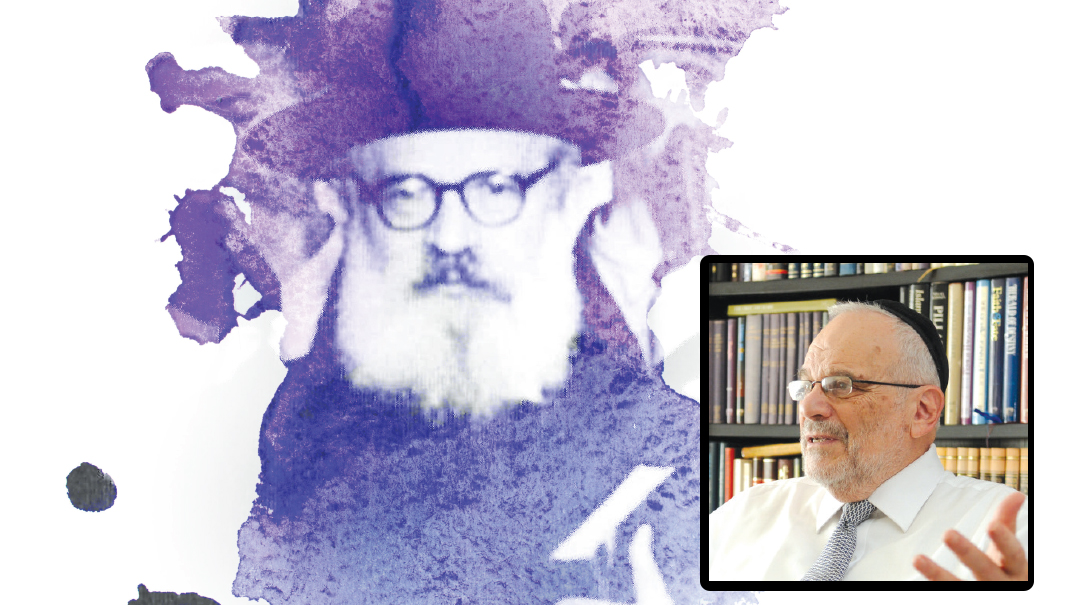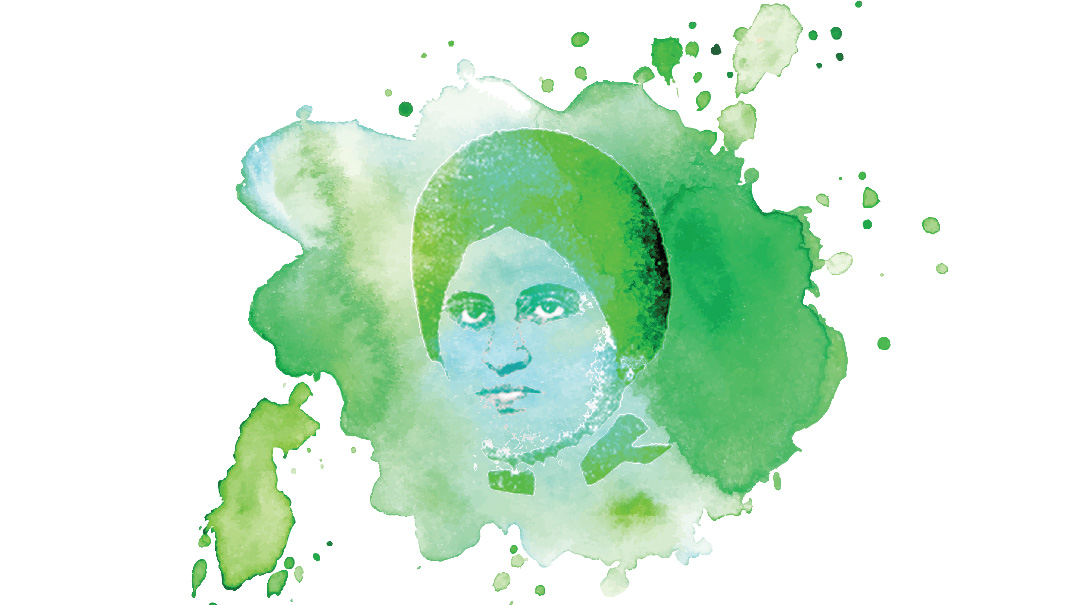Rav Meir’s Melody
| March 23, 2021Venerable individuals still among us share their recollections of personal encounters with yesteryear's giants
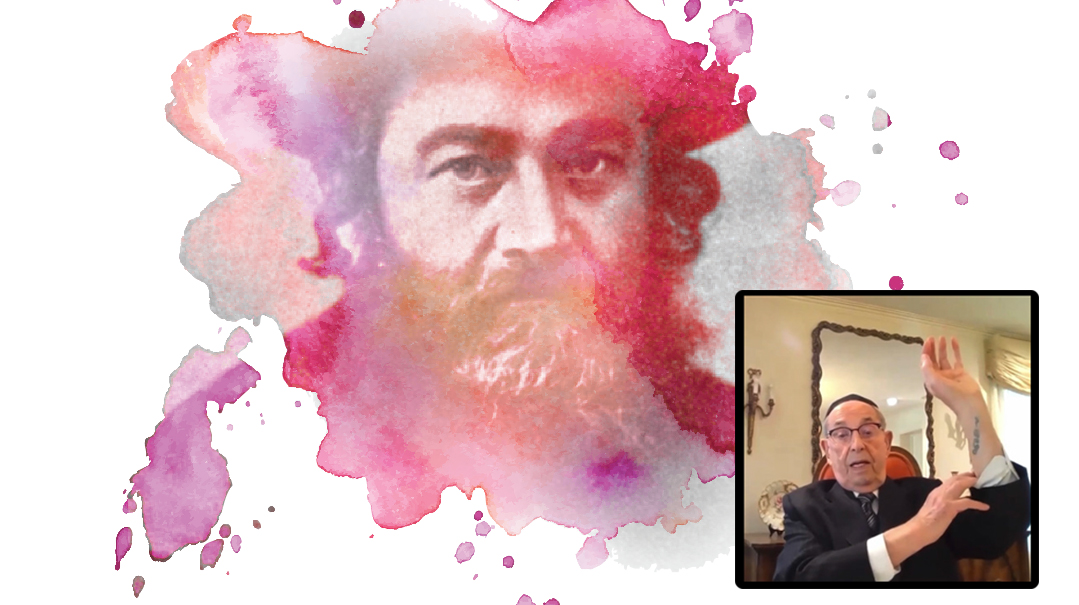
Mr. Avrohom Bleeman
Toronto, Ontario
Eyes that saw Rav Meir Shapiro
The thousands gathered at Binyanei Ha’umah for the 2012 Dirshu Siyum HaShas would never forget the scene. An elderly man with a shining face mounted the stage, six young boys following him in tow. The lights were dimmed and a spotlight was projected above the lectern. Mr. Avrohom Bleeman began to sing in a cantorial voice: “Hein goalti, hein goalti, eschem acharis k’reishis,” repeating the words until the crowd caught on and joined along with gusto. Elderly roshei yeshivah locked arms and joined in. Tears flowed down Mr. Bleeman’s cheeks as he recalled the first time he’d learned this holy niggun, a spirited tune that had accompanied him through the flames of hell.
Born into a prestigious family of Gerrer chassidim in a small Polish town south of Radom called Drildz (Iłża), Avrohom Bleeman merited meeting many great tzaddikim in his early years. Some of the leading rebbes of prewar Poland would occasionally spend a Shabbos in town, and in this way he got to meet Rav Shaul Yedidya Taub of Modzhitz and Rav Yechezkal Halshtok of Ostrovtza, among others.
As he approached his bar mitzvah, his father, Reb Nosson Nota brought him to Gur to receive a brachah from his rebbe, the Imrei Emes. Reb Avrohom can still recall the great tzaddik placing his hand on his head and blessing him with success in his learning, infusing him with strength that he’d carry with him for life.
Those few brief moments that he had spent in the presence of the titular leader of Polish Jewry would be etched in his memory forever. “When I was in the camps, I saw the Rebbe’s image before my eyes, and that’s what kept me going. I still see it in front of me today.”
Perhaps an even more memorable encounter occurred a couple of years earlier, when Rav Meir Shapiro spent a Shabbos in Drildz to raise funds for his ambitious project — the construction of Yeshivas Chachmei Lublin. Reb Nosson Nota Bleeman was a confidant of Rav Meir, assisting him in his fundraising efforts, attending the landmark yeshivah opening in 1930, and contributing to the yeshivah’s upkeep after Rav Meir Shapiro’s untimely passing.
During that Shabbos in Drildz, the Lubliner Rav invited the Pirchei and Zeirei Agudas Yisrael of the shtetl to an afternoon farbrengen of divrei Torah and singing. Young Avrohom spent several hours basking in Rav Meir’s presence. This was not merely a “meet and greet.” Rav Meir enchanted the boys with divrei Torah, stories of tzaddikim and song after song, his holy countenance and broad smile drawing in the shy youngsters as they latched on to his every word.
Then Rav Meir hushed the crowd and announced that he would like to teach the group one of his own compositions. He then proceeded to sketch familiar words into a rather complex tune, with the crowd joining along as they picked it up:
“Hein goalti, hein goalti eschem acharis…” (Behold, I have redeemed you in later times as in earlier times...)
Rav Meir repeated the song again and again as if in a trance, imploring everyone to grasp the words and tune. To his urging of “Nuch a mohl! Nuch a mohl!” (Again! Again!), they sang it until everyone in the room had it etched upon their spirit.
In the months that followed that memorable Shabbos, the words of this powerful song remained on the lips of these boys, as they remembered the fire and charisma that had enveloped the shul.
Years later, Mr. Bleeman would wonder, “Did he [Rav Meir] have a premonition of what lay in store for us in the not-too distant future? Did he understand how pivotal a role this song would play in my personal salvation?”
In the darkest days of the Holocaust, Avrohom Bleeman and his friends would hum this song in the wretched barracks of Starachowice, Auschwitz, and Buchenwald. As Mr. Bleeman continues his story, he pauses dramatically and rolls up his shirt sleeves to reveal the numbers branded on his arm at Auschwitz. “When we arrived we received a number. You didn’t have a name there, only a number, like animals. My number is A19890.”
But when he arrived, he had something else: This song, evoking the belief in Hashem’s salvation, carried Mr. Bleeman through the horrors of the Holocaust and eventually, to the shores of Canada, where he treasured his own personal redemption and rebuilding. Eager to express his thanks to Hashem as the sole survivor of his family, he has dedicated his life to investing in Torah education for the youth and numerous important tzedakah projects both locally and in Eretz Yisrael.
In the blossoming of a robust world of Torah learning and mitzvos, he tastes the fruit of that long-ago promise.
(Originally featured in Mishpacha, Issue 854)
Oops! We could not locate your form.







